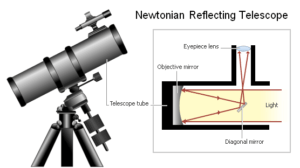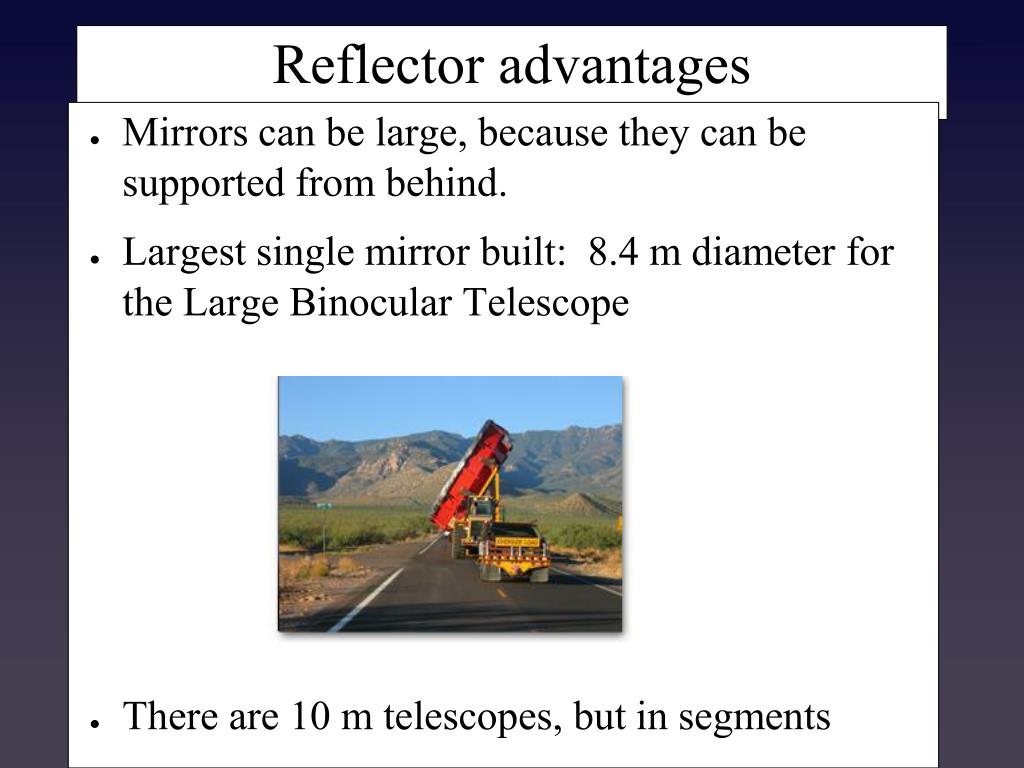
Celestron Starsense Explorer DX 130AZ Telescope The primary mirror, at the extremities, is where the star’s light is first refracted after entering the optical tube. Let’s learn more about these 2 types of telescopes down below! Reflector Telescopesĭue to their ease of construction and low price, Newton telescopes are the most popular reflectors on the market. The difference between refracting and reflecting telescopes is quite notable. On the other hand, since reflector telescopes use mirrors that offer greater sensitivity to all wavelengths, they are more popular with more extensive and brighter objects like the Moon and planets. Refractor telescopes are used for seeing deep space objects like galaxies and nebulae because they employ specialized lenses.

Knowing this, you can find a telescope with a large aperture that also has optical quality behind it.Looking to buy a telescope? It’s crucial to decide what you want to observe before deciding whether a refractor or reflector telescope is superior. They’re all good for observing bright objects like the moon, sun, planets, and the brightest DSOs (Deep-sky Objects). This must be considered if you’re all about aperture.Ĭatadioptrics usually range between 4” to 16” with SCTs and MAK telescopes are small with sizes between 4” to 7”.Īll types of telescopes do what they’re designed to do – gather light. However, reflectors suffer with an inherent design flaw – secondary mirror obstruction. Dobsonians are known as the value reflectors as they offer large sizes with very simple mounts. Reflectors have large apertures for the best prices.
REFLECTING TELESCOPE PROS AND CONS FULL
While small, they make use of the full aperture to gather light. With refractors, you have small apertures generally from about 2” (50 mm) to 5” (127 mm). It does not have the largest aperture, but it orbits above the Earth’s atmosphere to achieve excellent resolution, make use of excellent light-gathering capability, and take long-exposure photographs to produce exceptional and breathtaking images that has made it famous. Take The Hubble Telescope for an example. Aperture alone can be an inadequate measure of telescope performance. Larger apertures are better for maximum light-gathering, but aperture is not the full story.

If all you can think about is aperture, you may be cutting yourself short. So, reflectors still have an advantage as they can be made bigger than a refractor even though obstruction is an inherent design flaw. In this case, it’s fair to say that refractors can collect more light versus a reflector, but a reflector can be made larger in aperture much easier and cheaper than a refractor. The secondary mirror directs that light towards the eyepiece.īecause of where the mirrors are placed, the secondary mirror blocks some of that incoming light from reaching the primary mirror. Light enters the open tube, reflects off the primary mirror towards the secondary mirror. The sizes of the mirrors are important as reflectors suffer from obstruction. At the top end of the telescope is a secondary mirror and to the side will be the eyepiece and focuser. This assumption would be correct.įirst off, you have a primary mirror which is situated at the rear or bottom end of the telescope. Reflectors use mirrors, and so it’s obvious to assume that the optical path within the tube depends on reflections.

These types of refractors are used for astrophotography purposes due to its excellent CA correction and overall imaging quality. However, it corrects for multiple aberrations such as CA. It can use a minimum of three elements but can incorporate more which increases weight and cost. The most expensive type of refractor is the APO. Semi-APOs can be moderately expensive to expensive. Note, this is “extra” as doublets already provide low dispersion benefits. Semi-APO (apochromatic) refractors typically use two elements (doublet) but they may incorporate ED (extra-low dispersion) glass. It helps to correct for some CA, but it will still be present.

There are two elements that make up the objective lens assembly. This is what you will see in the entry-level market where image quality is sub-par and there is a lot of chromatic aberration (CA).Īchromat doublets would be the standard of basic quality for today and is considered entry-level. The most basic type of refracting telescope is the single element lens refractor. Today, there are multiple types of improved versions of the original refractors of yesterday.


 0 kommentar(er)
0 kommentar(er)
